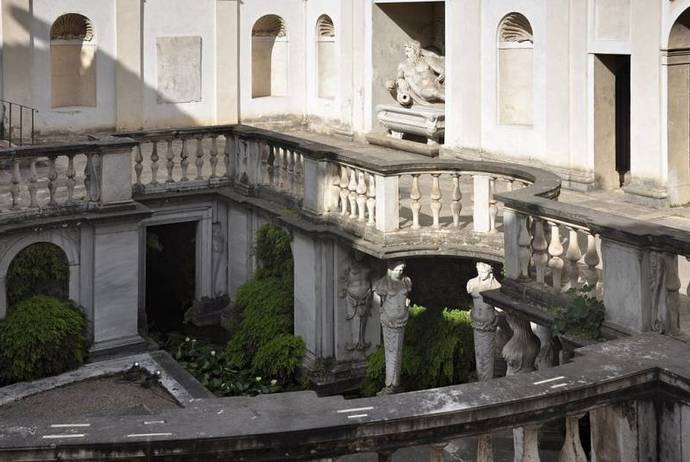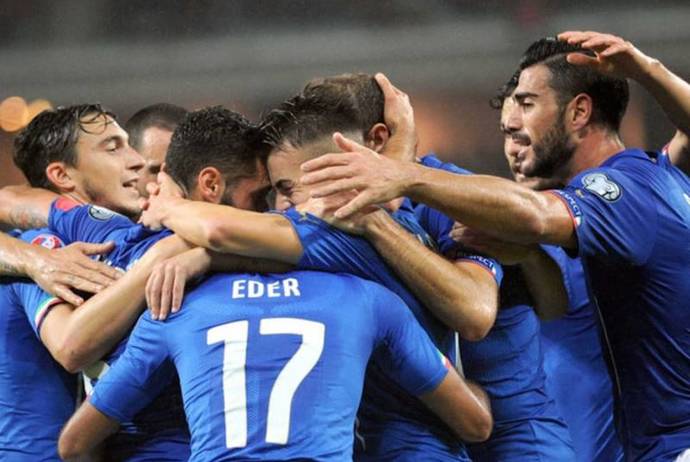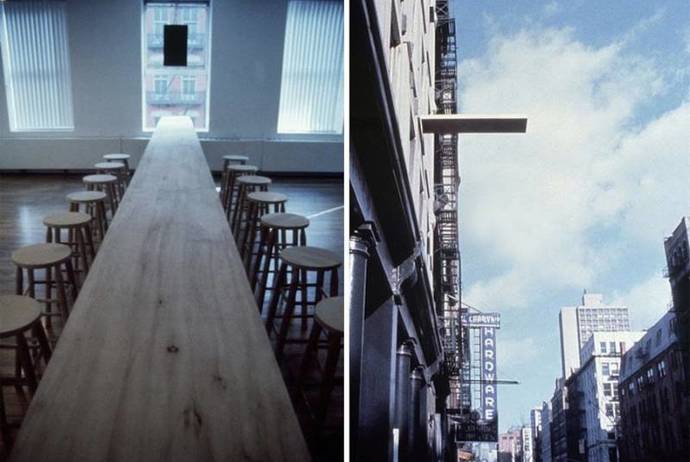Movie Star Robert De Niro and world-renowned Italian Chef Massimo Bottura are joining forces to fight against food waste in the United States.
Bottura, whose three-Michelin-star Northern Italian restaurant Osteria Francescana was recently recognized as the best restaurant in the world by the British magazine Restaurant at their annual event in New York City’s Cipriani’s Ball Room, announced Tuesday that he is planning a new refectory in the Bronx that is set to be completed in 2017.
De Niro traveled to Modena, Italy, last week and met with Bottura to discuss the plans to bring the refectory to New York City.
De Niro, who grew up in Manhattan and spent his free time on the streets of Little Italy, has immersed himself in the New York City culinary scene, owning three restaurants in the city: Tribeca Grill, Nobu, and Locanda Verde.
Bottura launched his Ambrosiano Refectory project at the Milan Expo World Fair in 2015. The refectory collected leftover foods from various restaurants and street stands and transformed them into meals that were served at the Catholic charity Caritas’s soup kitchen.
Sixty of the best chefs in the world worked to transform fifteen tons of leftover food into meals at the fair. The idea of reusing food waste is quickly spreading across the globe. At this year’s Olympics in Rio de Janeiro, leftover foods from the Olympic Village will be reused to feed residents of Brazil’s largest favela, Rocinha. Forty-five chefs and more volunteers from around the world will participate in the project and will provide cooking and nutrition classes in the favela.
Bottura has also launched a cultural foundation, Food for Soul, which raises global awareness for the fight against hunger and food waste. Pope Francis has given his endorsement to the foundation.
Bottura’s culinary career began in 1986 when he decided to put his law studies on hold after he learned that a roadside trattoria on the outskirts of Modena was for sale. He quickly bought and renovated the building and opened Trattoria del Campazzo a week later. Bottura then apprenticed himself to Chef Georges Coigny, from whom he learned a combination of regional Italian and classical French cooking.
Almost a decade later Bottura opened Osteria Francescana in the medieval city center of Modena. His idea for the restaurant was to juxtapose culinary tradition and innovation with contemporary art and design. Although operating with a deep understating of culinary tradition, Bottura continued to push culinary boundaries after he spent a summer at El Bulli with Ferran Adrià.
Bottura has confessed that fifteen years ago he nearly gave up his restaurant, only to be persuaded to continue by his wife, Lara. He was further convinced to continue when a Michelin inspector, stranded by a road accident, came to his restaurant by chance. The restaurant was recognized and soon awarded its first Michelin star, and the couple never looked back.
The italian Chef is extremely active outside the restaurant. In addition to creating refectroies and running Food for Soul, he is on the board of directors of the Basque Culinary Centre and has written four books, Aceto Balsamico (2005), Parmigiano Reggiano (2006), PRO, Attraverso tradizione e innovazione (2006) and Never Trust a Skinny Italian Chef (2014).
He also served as Ambassador for Food in the Year of Italian Culture in the United States in 2013 and opened his first restaurant outside of Italy in 2014 in Istanbul, Turkey, called Ristorante Italia di Massimo Bottura. At the awards show Monday night, Bottura urged his culinary peers to join him in Rio de Janeiro during this summer’s Olympics as he opens his soup kitchen in the city’s favelas.







































